BMM Team: The rise of citizen journalism and social media has changed the way information is disseminated by providing a forum for a range of viewpoints to be heard. However, the Simrin Lubaba issue has highlighted the moral dilemmas that occur when a young artist gets caught up in the media's spotlight, which can have serious effects on mental health._x000D_
_x000D_
Child artist Simrin Lubaba, from Bangladesh, has been embroiled in a number of incidents lately. Journalists took an early interest in her, and her views on a range of topics have been extensively covered by print and digital media. On the other hand, Lubaba has also fallen victim to trolls on social media, and her family is worried about the effect this is having on her mental health._x000D_
_x000D_
The transactional model of communication is the one that most accurately captures Simrin Lubaba's cases. According to this paradigm, information is actively exchanged and interpreted by both the sender and the recipient in a two-way process._x000D_
_x000D_
In the case of Lubaba, the senders of information are the journalists and online media outlets that seek her opinion on various issues. The receivers of information are the viewers and readers who consume this content, as well as Lubaba herself._x000D_
_x000D_
However, in Lubaba's case, there is a clear imbalance of power between the senders and receivers of information. Journalists and online media outlets have a much greater reach and influence than Lubaba does. This can make it difficult for Lubaba to control her own narrative and to manage the way her image is portrayed in the media._x000D_
_x000D_
Additionally, the trolls on social media can have a negative impact on Lubaba's mental wellbeing. Trolls are often abusive and hurtful, and their comments can be very damaging. Lubaba may feel like she is constantly being judged and scrutinised, which can make it difficult for her to express herself freely._x000D_
_x000D_
The Role of the Media_x000D_
_x000D_
The media, particularly television and internet sites, have been crucial in elevating Lubaba's voice and experiences. Nonetheless, the media must respect the United Nations Convention on the Rights of the Young, which highlights the need for specific protection for children's physical and mental development and prioritises the welfare of young artists. An environment that is conducive to the growth of young artists may be established through responsible reporting and publicity._x000D_
_x000D_
Who is responsible?_x000D_
_x000D_
It is difficult to say definitively who is responsible for the situation that Lubaba is in. However, the following factors may have contributed to the problem:_x000D_
_x000D_
Journalists and online media outlets: It is the duty of journalists and online news organisations to present truthful and morally sound reporting. But occasionally, they could feel pressured to exaggerate events or take advantage of weak individuals in order to garner attention._x000D_
_x000D_
Lubaba's family: The family cannot avoid responsibility by allowing Lubaba to be exposed to the media in an unsafe manner. As Lubaba's parents and guardians, they have a responsibility to protect her from harm and make decisions that prioritise her well-being. This includes limiting her exposure to the media and social media if it is causing harm to her mental health. By allowing Lubaba to be exposed to the media in an unsafe manner, they are not fulfilling their responsibilities towards her well-being._x000D_
_x000D_
The trolls on social media: Since trolls are frequently untraceable and anonymous, it can be challenging to put an end to their harassment of other people. Nonetheless, social media companies need to make sure that all users feel comfortable and welcome._x000D_
_x000D_

_x000D_
_x000D_
The Impact of Trolling on Lubaba's Mental Health_x000D_
_x000D_
Lubaba's mental health has suffered as a result of social media trolling. According to her relatives, she is depressed as a result of the persistent trolling. This emphasises the necessity of creating an online community that is more sympathetic and caring in order to shield young artists from the damaging impacts of trolling and cyberbullying._x000D_
_x000D_
Responsibilities of Trolls and Social Media Users_x000D_
_x000D_
Negative behaviour and trolling on social media are the ones to blame for Lubaba's mental health problems. Society as a whole must work together to address this problem, emphasising the development of empathy, respect, and appropriate online conduct._x000D_
_x000D_
What Can Be Done to Protect Children from Media Exploitation?_x000D_
_x000D_
In order to protect children from media exploitation, the following recommendations are made:_x000D_
_x000D_
- When reporting on minors, journalists and web media outlets should follow strong ethical norms. This involves refraining from sensationalising tales or taking advantage of weak individuals.
_x000D_
- Social media companies ought to put more safeguards in place to shield users from harassment. This entails creating more effective instruments for spotting and eliminating offensive information, as well as simplifying the process for users to report trolls.
_x000D_
- Guardians and parents should teach their kids about the dangers of social media and self-defence techniques. This involves instructing students on how to spot and steer clear of trolls as well as how to report harassment.
_x000D_
_x000D_
The Simrin Lubaba incident serves as a stinging reminder of how media dynamics are changing in the internet era and the potential ramifications of unintentional participation. It's important to strike a balance between the pursuit of opinions and ethical considerations, especially when kids are involved. Diverse perspectives highlight the mutual accountability between media establishments, citizen journalists, content producers, and social media networks in cultivating a secure and moral media landscape. The Simrin Lubaba debate needs to start a larger discussion about the moral principles that ought to guide how children and media interact in the digital age.
 _x000D_
_x000D_
The Impact of Trolling on Lubaba's Mental Health_x000D_
_x000D_
Lubaba's mental health has suffered as a result of social media trolling. According to her relatives, she is depressed as a result of the persistent trolling. This emphasises the necessity of creating an online community that is more sympathetic and caring in order to shield young artists from the damaging impacts of trolling and cyberbullying._x000D_
_x000D_
Responsibilities of Trolls and Social Media Users_x000D_
_x000D_
Negative behaviour and trolling on social media are the ones to blame for Lubaba's mental health problems. Society as a whole must work together to address this problem, emphasising the development of empathy, respect, and appropriate online conduct._x000D_
_x000D_
What Can Be Done to Protect Children from Media Exploitation?_x000D_
_x000D_
In order to protect children from media exploitation, the following recommendations are made:_x000D_
_x000D_
_x000D_
The Impact of Trolling on Lubaba's Mental Health_x000D_
_x000D_
Lubaba's mental health has suffered as a result of social media trolling. According to her relatives, she is depressed as a result of the persistent trolling. This emphasises the necessity of creating an online community that is more sympathetic and caring in order to shield young artists from the damaging impacts of trolling and cyberbullying._x000D_
_x000D_
Responsibilities of Trolls and Social Media Users_x000D_
_x000D_
Negative behaviour and trolling on social media are the ones to blame for Lubaba's mental health problems. Society as a whole must work together to address this problem, emphasising the development of empathy, respect, and appropriate online conduct._x000D_
_x000D_
What Can Be Done to Protect Children from Media Exploitation?_x000D_
_x000D_
In order to protect children from media exploitation, the following recommendations are made:_x000D_

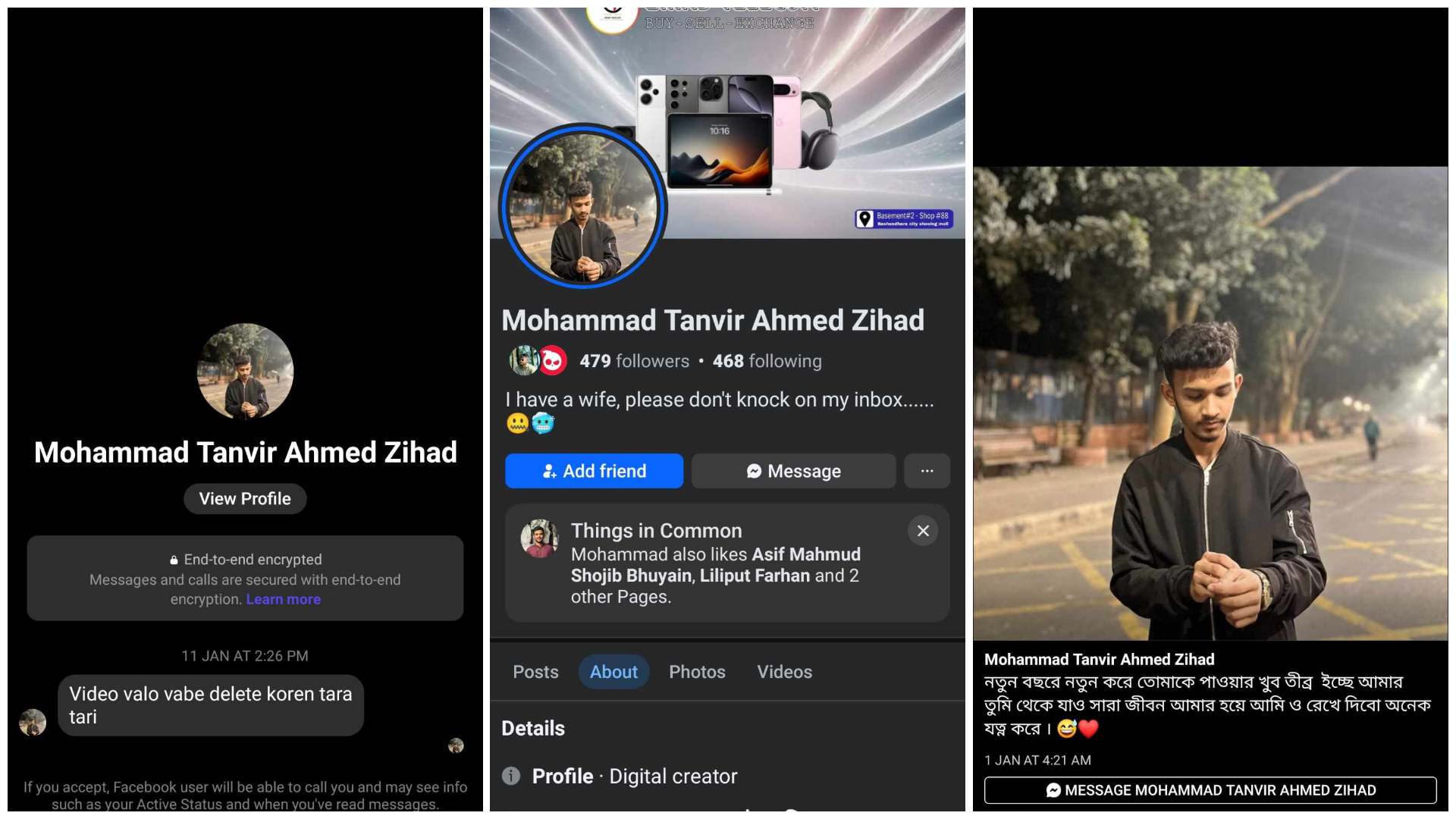
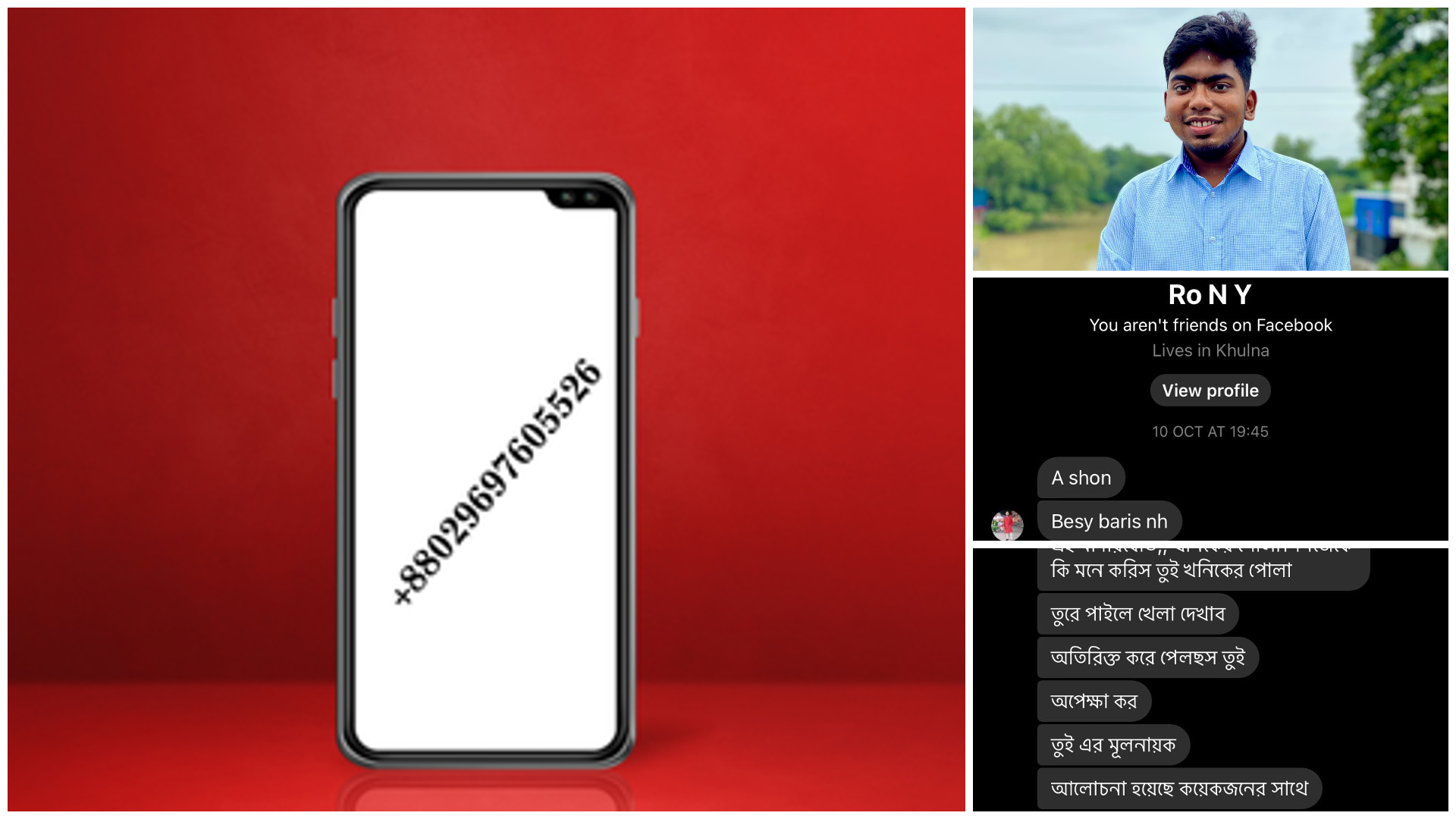



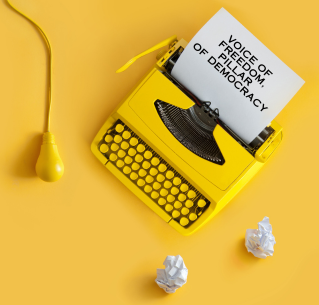
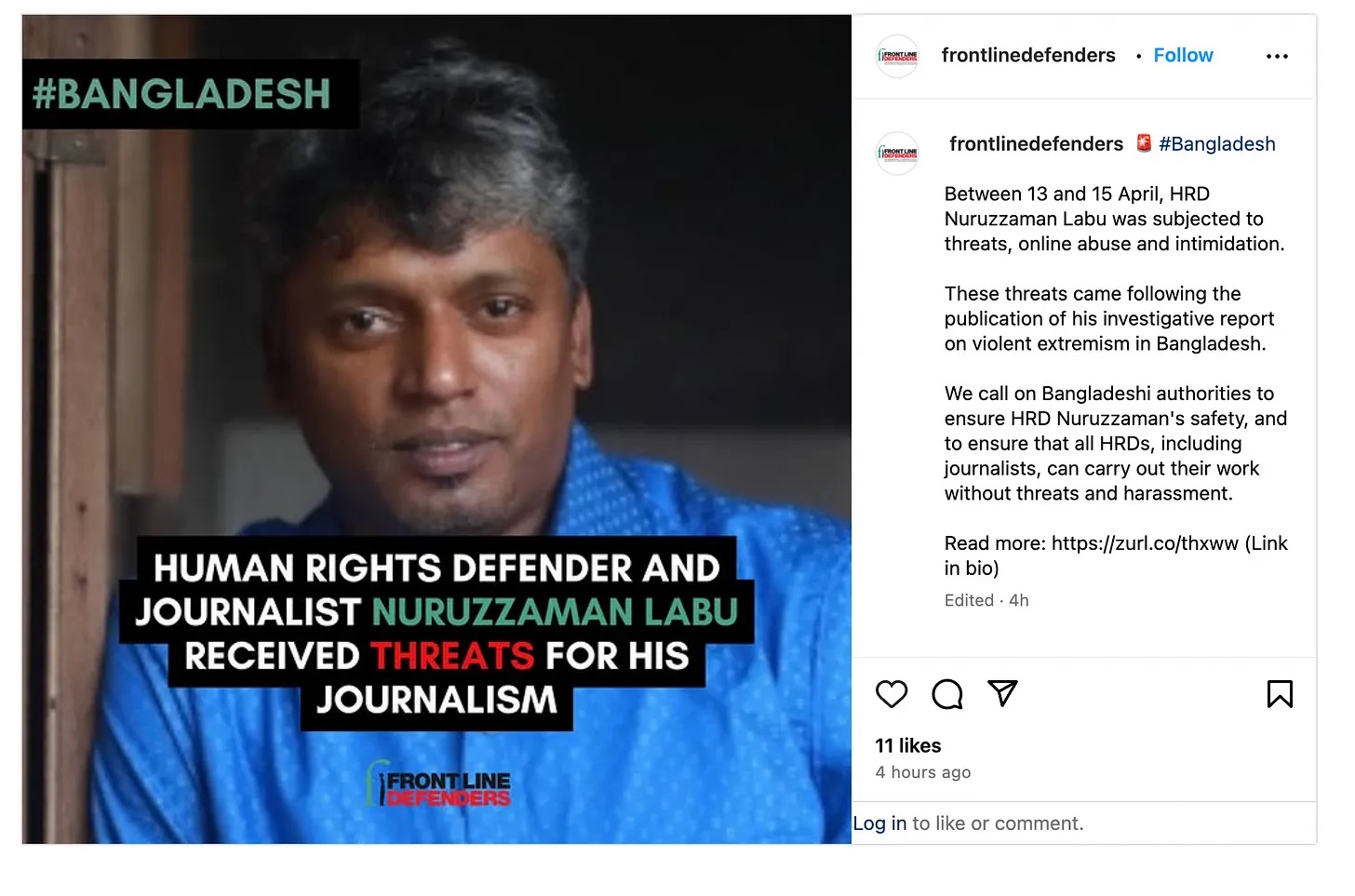
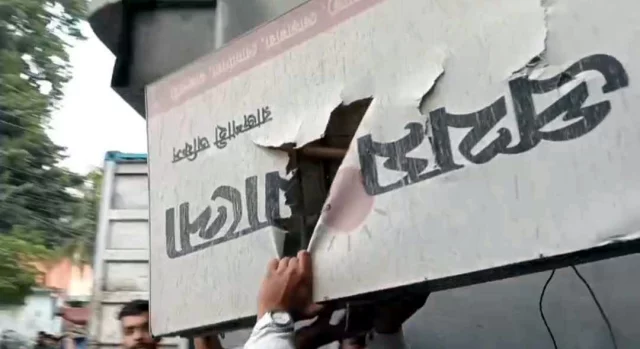
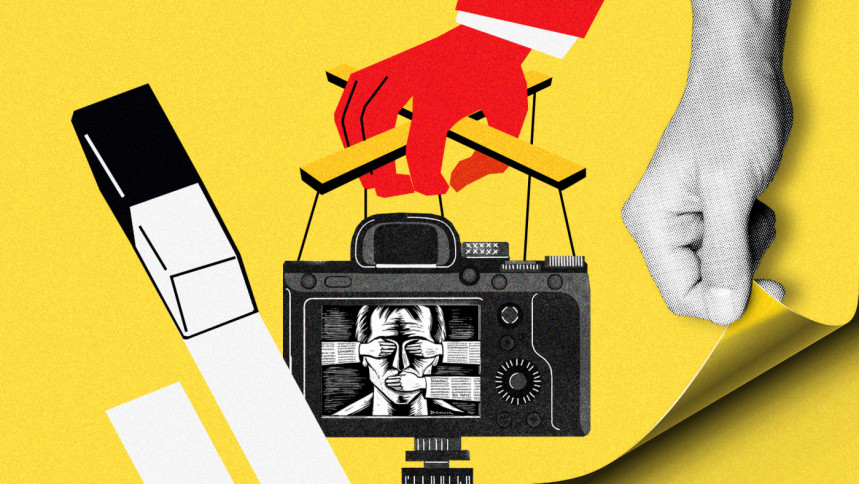
Two Comments